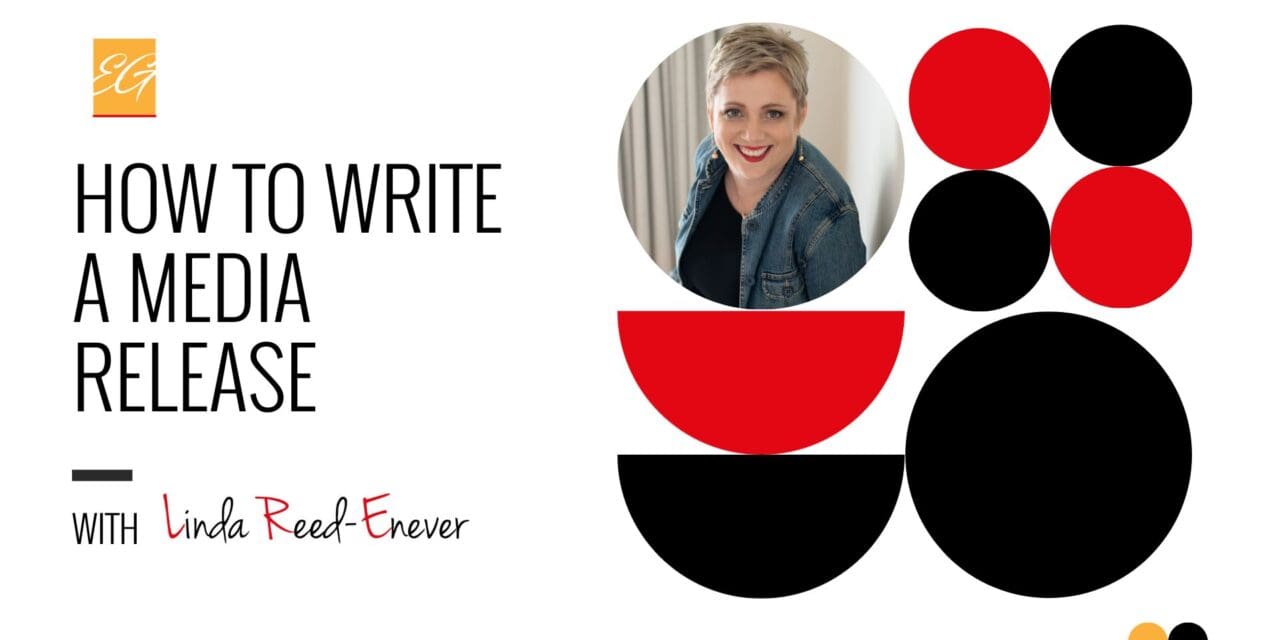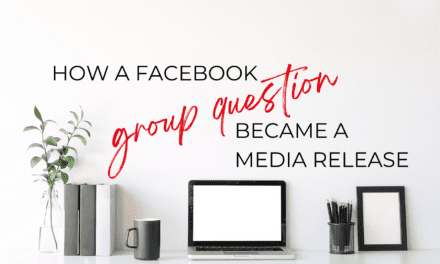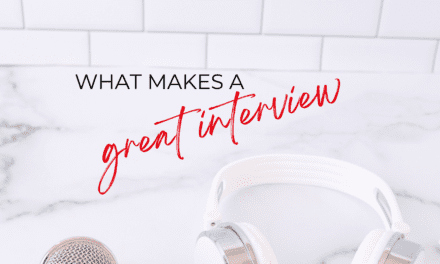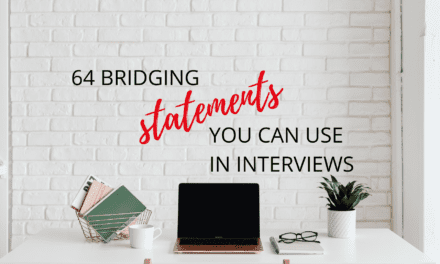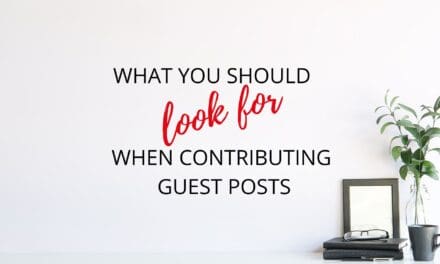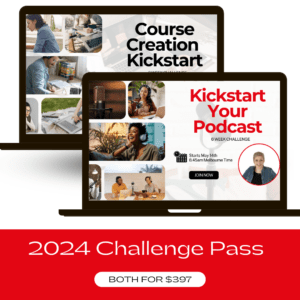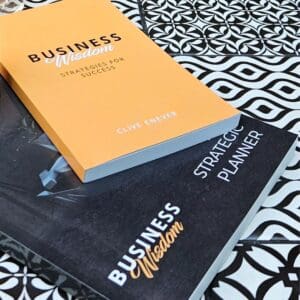A media release is a short, compelling news story, written and sent to targeted members of the media.
It is designed to grab the media’s attention and have them either investigate the story further by contacting you, or run the story as provided.
That means any release comprises a host of essential components to ensure the media has all the information they require, readily at hand.
The key to creating a media release is to remember all information must be available including who? what? where? when? how? and most importantly why? so the journalist can easily produce a story.
Consider Your Audience:
Long before you sit down to craft a release about your latest announcement, launch or event, consider exactly who your audience is and WHY they would be interested in your item or event.
This is what makes it NEWSWORTHY and determines the type of information you will offer in your release.
Essentially this answers one simple yet important question: why should they care?
Release Timing:
It’s critical to remember attracting media interest takes time, and chances are you will need more than one release to garner media interest.
That’s why it’s called a PR campaign, where getting the attention of the media might require a series of releases sent at intervals, rather than one media release just prior to an event.
If you are hosting an event or have a specific date in mind, we suggest sending releases 90, 30 and seven days prior to keep your issue in the spotlight.
Different media tends to work on different deadlines, with some operating up to 120 days in advance, while others simply look to the immediate week ahead.
The seven steps and segments to writing a release:
Write a great headline:
This should be a short and snappy attention grabber. It should include points from your release and sum up its subject.
Write your Lead Para:
The first paragraph is called ‘the lead’. It is the most important part of the release and should contain the strongest key message. This is where the who, what, when, where, and why of the story lives.
Journalists and Editors see lots of releases and may not read beyond the first paragraph, so it is important that it contains all the necessary and relevant information.
Write the Body of your Release:
After the lead, each remaining paragraph should be less important than the one that precedes it. When your release is written this way, the story can, if necessary, be trimmed from the bottom up.
Make sure the paragraphs are self-contained:
Keep each paragraph self-contained and regardless of how many paragraphs are deleted, the story should still make complete sense.
Keep the release to one page:
Keep your media release to one page (maximum 400 -500 words). The aim is to encourage a reporter to pursue your story, not to overwhelm or bore them with detail.
Add your contact details:
Finish with the Media Contact Details and the Company Boilerplate. The Boilerplate is your media “elevator pitch.” about your company and product offerings to a reader who may have no prior knowledge of them.
There you go your release is under way now! Happy writing!
Walkthough Writing a Release with Me
Media and Press Releases form part of every business toolkit and in this course Linda will share with you insider tips on how to write a media release for your business.
The class project is for you to draft your very own release, using the release framework and checklists in the course. Which Linda will review for you!
So, get your note pad ready and let’s look at how you can write a media release for your business

